All about sour sorrel
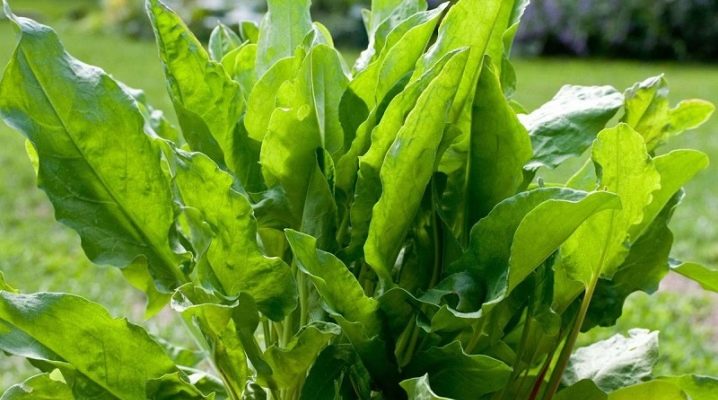
An interesting historical fact is that the British used sorrel both as a medicinal and as an edible plant. They made a sweet and sour sorrel-based herb called "green sauce" to eat with meat. This ancient herb was used by the Romans, Greeks and Egyptians as a digestive aid.
Sorrel leaves were also wrapped around the meat to soften it when eaten. The properties of sorrel as a softener and aid in digestion are associated with the abundance of oxalic acid in it, and it is this natural chemical that gives sorrel its tart citrus flavor.
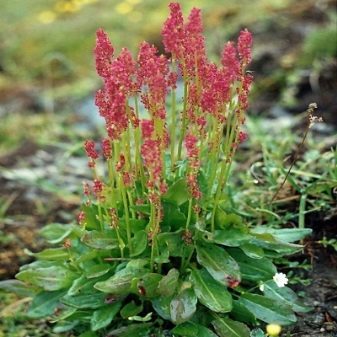
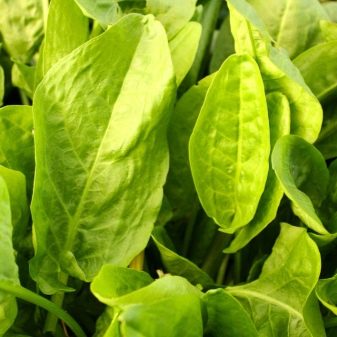
Description
Sour sorrel (or, as it is also called, ordinary) is a type of hardy perennial grasses of the Polygonaceae family, or, in simple words, buckwheat, which is widespread in regions with a temperate climate. Its name in Latin is Rumex acetosa, so it should not be confused with other species (garden or French). The homeland of this plant is Europe or North Asia. Since ancient times, it has been used for salad and as a greenery. Sorrel derives its name from the old French word surelle meaning sour.
Common sorrel is divided into different varieties, some of which include the following characteristics:
- the Belleville variety is the most frost-resistant, and its taste is not as rich as that of its relatives;
- large-leaved is one of the fastest growing varieties, so if you need to get a harvest faster, it will be a good option;
- malachite is also fast-growing, and its harvest can be harvested already 40 days after planting, but the variety is very unfavorable for problem weather;
- broadleaf - it will also be possible to harvest after 40 days, it is winter-hardy, and it can be grown for 4 years in one place.
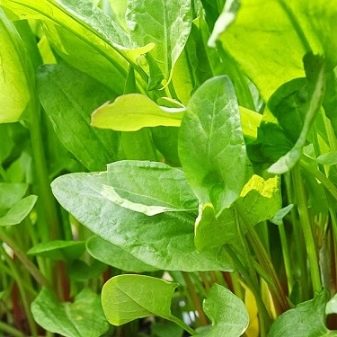
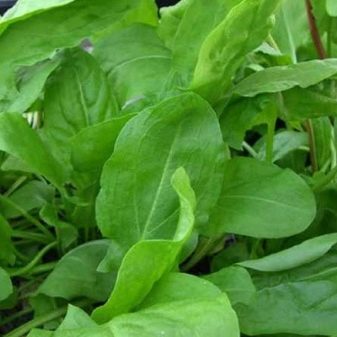
Sorrel herb is a small herb with a lemon flavor. The youngest leaves have a more sour citrus flavor, but both mature and very young leaves are used for cooking. Since it is a hardy perennial plant, it can be sown and harvested over the years. Sorrel comes in several varieties. The dark green leaves of sorrel have the shape of a spear or an arrowhead, but in farmers' markets you can also find round leaves, they are distinguished by thin stems - for this reason they are sometimes mistaken for spinach. Regardless of the variety, it is worth looking for a bright green sorrel with hard leaves. In addition to being eaten, sorrel is also used for medicinal purposes: it can be used to relieve sudden or ongoing pain (swelling, inflammation) of the nasal passages and airways, to treat bacterial infections along with conventional medications, as a diuretic.
Sorrel, combined with gentian root, European elderflower, verbena and cow grass flower, is used orally to maintain sinus health and treat sinusitis. And also the use of sorrel in food in the necessary portions helps to improve vision, strengthen the immune system (sorrel is rich in vitamins A and C), improves digestion, helps the production of calcium to strengthen bones and joints, improves blood circulation (due to its high potassium content). Sorrel further increases energy levels, prevents the development of cancer cells, reduces certain skin diseases, lowers blood pressure, increases appetite, slows down the aging process, protects against diabetes, promotes heart health and improves kidney health.Sorrel is really famous for its vitamin C content, and sorrel is ahead of many vegetables in the amount of carotene. To replenish the body's daily need for ascorbic acid, it will be enough to consume about 100 grams of fresh leaves.
It also contains oxalic acid, a naturally occurring compound found in greens such as spinach and cabbage. Oxalic acid is deadly in fairly high doses, but adding this ingredient to food in moderation is nothing to worry about.


Growing
It is an incredibly easy plant to grow - with the exception of occasional weeding, pruning of emerging pedicels and harvesting, sorrel requires very little maintenance. It will bear fruit all summer long. The best option would be to sow seeds in the spring, when the soil has time to warm up. The bed should be well-drained with well-plowed soil. Seeds are best placed at a distance of about 15 centimeters from each other, and also slightly below the surface of the soil itself. The bed should be moderately damp before germination, and after the plants have reached 5 centimeters in length, they will need to be thinned out. The only care is a weeded bed and 2-3 centimeters of water per week.
These plants have deep enough and very resistant roots, so they grow well even with a little care and attention. If you want to stimulate the growth of more leaves, you can cut the stem of the flower, and the plant will produce several more crops.

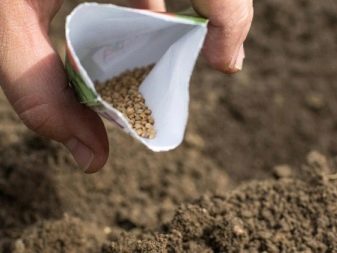
Collection and storage
Sorrel should be grown for no more than three to four years on one bed, because the amount of harvest will still decrease after so many years. To understand whether the plant has already begun to age, you need to pay attention to the leaves - they will become smaller and smaller, and the usual large ones will be very few, or they will be completely absent. Sorrel can be grown from late spring to fall. From the plant itself, it is necessary to collect and cut off only what is needed (this is very similar to lettuce or greens, where you can cut off the outer leaves, and the harvest will continue to produce foliage). Harvesting can begin when the sorrel reaches 10-15 centimeters in height. Common sorrel generally grows up to 90 centimeters, and its leaves reach 15 centimeters. The smallest and youngest leaves are best for salads, also imparting a sour citrus-like flavor to the food. Fresh sorrel can be harvested from spring to winter, when it dies off.
When harvesting, you should pay attention to the following features:
- for the best taste, it is worth choosing young, delicate and small sorrel leaves - the leaves should be bright green;
- young tender sorrel goes best with salads and other herbs; medium to large sorrel leaves may be too sour to eat raw;
- yellow or clearly withered leaves are best avoided and simply removed from the garden;
- after harvesting, the sorrel quickly withers, but does not lose its taste.
This plant is quite fragile and should be kept in the refrigerator in a plastic bag for no more than three days. The leaves of this plant do not dry well, so this is not recommended. It can be frozen for later use.
For longer storage, the leaves should be rinsed thoroughly, blotted dry, and rolled into paper towels before placing them in a plastic bag. The paper towels will absorb the excess liquid, leaving the leaves immediately dry, but in a fairly humid environment.
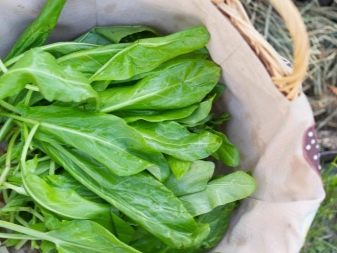












The comment was sent successfully.